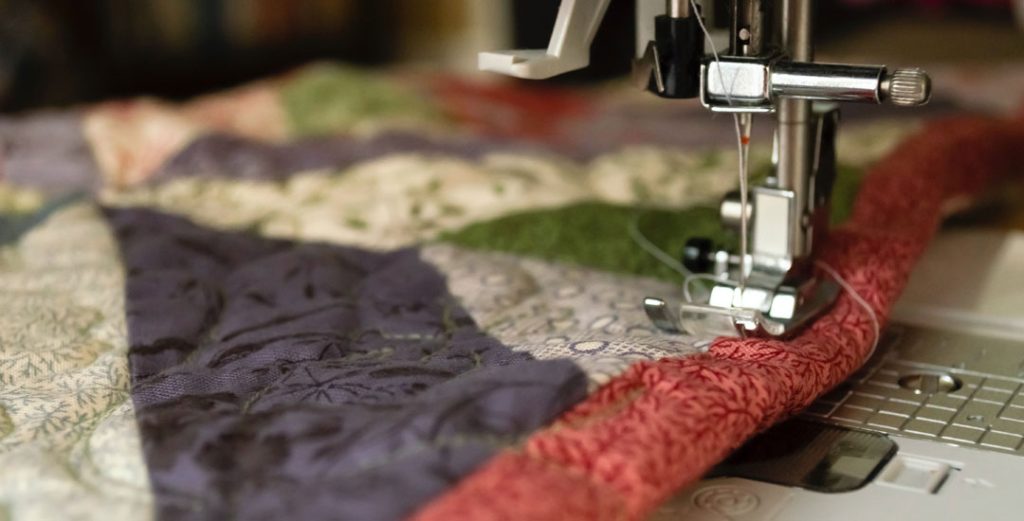NJS Quilting Standards

Overall Appearance, Design and Construction
Regardless of the type of entry, the workmanship and construction techniques should be suitable to the function of the piece. Whether using traditional or innovative construction techniques, they should be well executed.
The Entry should:
Traditional Techniques
Seams
Piecing
Appliqué
Filler/Batting
Border and Sashing Strips
Quilting and other traditional means of joining
Binding
Innovative Techniques
As quilting continues to expand with non-traditional applications, techniques and materials, it is important that innovative pieces and fibre art in general meet with the standards already established with traditional quilts.
These general guidelines include the following areas:
1. An entry must hang flat when intended as a wall quilt, unless deliberately 3D. Bulging due to heavy quilting in isolated areas, heavy crusted beading, needle felting or insufficient finishing will be considered in the overall judging process.
2. An innovative piece consists of three layers and has quilting visible on the front.
3.Three layers of various materials without batting.
4. Any loose threads and/or embellishments must be an integral part of the overall design.
Following are examples of some non-traditional materials and techniques currently
used in innovative pieces. There are others — and no doubt — there will be new ones
developed.
The overall impression / design must be enhanced by the addition of the following
techniques. It must support the overall design and should be securely attached:
1. needle felting
2. wet felting
3. silk fusion
4. Tyvek®
5. angelina fibres
6. confetti
7. burnt edges
8. foiling
9. beads and sequins
10 metallic embellishments: should not cause discoloration of the fabric due to surface tarnish/rust, unless intended
11. fabric paint and inks: including textile oil sticks must be made permanent to avoid rubbing off or transfer to other areas of the quilt or quilts that may be stacked for judging
When incorporating the following techniques ensure that permission has been granted
and credit is given to the designer. If these are your original designs, they should be
1. identified as original.
2. machine embroidery
3. photo transfer
4. digital printing thread work or thread painting: also ensure threadwork, being layers of stitching, must not create uneven hanging and bulging in the quilt
5. discharge/dyeing/painting: must support the overall outcome of the creation
Wearable Art
2. fit should be flattering to body shape, particularly if meant for street wear
3. a wearer must be able to put on the garment and must be able to move freely in it
4. fabrics and embellishments must suit the end use of the garment
5. grain-line needs to be appropriate for style because it will affect how the garment hangs, or clings to body
6. curves should be smooth
7. hem and edge finishes must lie flat
8. neckline should be flattering and lie flat without gaping
9. sleeve line should flatter the body shape and have no unwanted tucks or puckers
10. lining fits smoothly and does not interfere with the hang of the garment
11. overall design and placement of special motifs must be appropriate to the design
12. integrated design interest in all sections (front, back, sleeves)
13. large motifs must be placed attractively and appropriately on the garment; avoid bulls-eye design on the center back or bust area, as well as on sleeves
14. fasteners must support and complement the design
15. buttons must compliment the design of the garment. Inappropriate size, shape, placement or colour of buttons may draw attention away or distract from the overall garment
16. a quilted wearable may be made with two layers, if more appropriate for the style
of the garment
